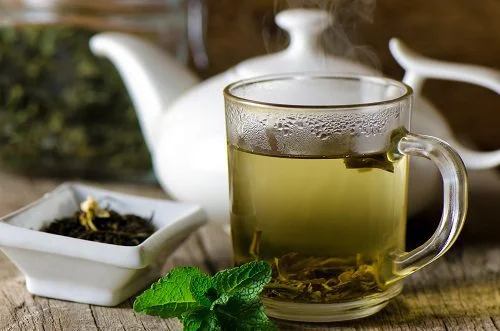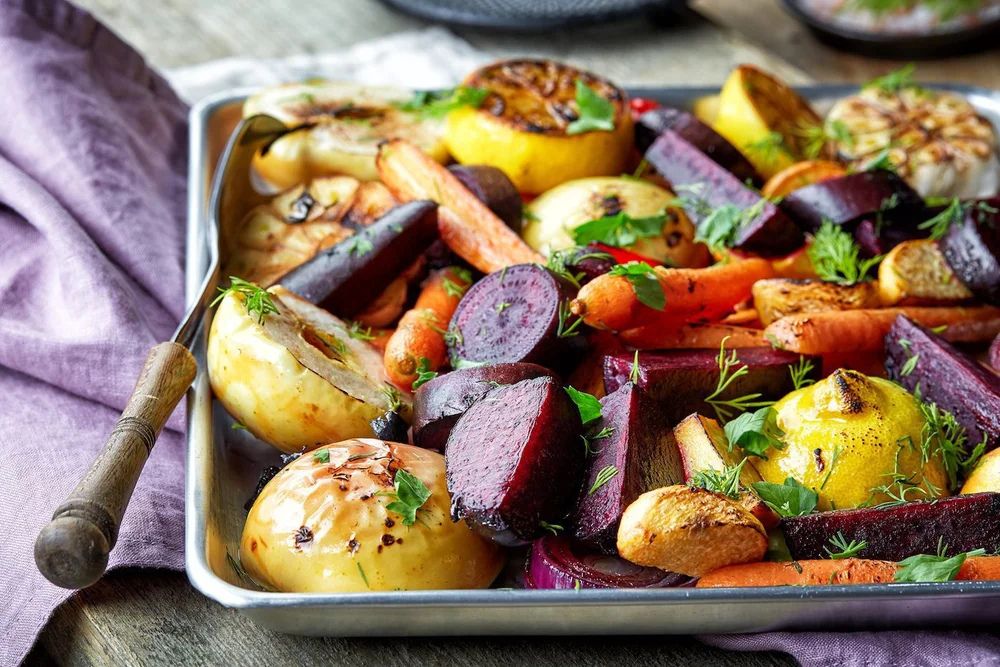Breast Cancer Basics: Signs, Risk Factors & Screening Tips
Did you know that breast cancer is the most common form of cancer in the world?
Earlier this year, the World Health Organization reported for the first time that breast cancer had overtaken lung cancer as the world’s most commonly diagnosed cancer.
In the U.S., the Centers for Disease Control and Prevention estimates that roughly 1 in 8 U.S. women and 1 in 100 U.S. men (yes, men get it too) will be diagnosed with breast cancer at some point during their lifetime.
Although the statistics are sobering, there’s a more hopeful fact: You have the power to dramatically decrease your risk factors for breast cancer.
There’s a misconception with breast cancer that heredity and genetics determine your fate. And while they can play a role, it’s much smaller than you may think.
The BRCA1 and BRCA2 genetic mutations cause only 5 to 10 percent of breast cancer. And, epidemiological research has found that roughly 87 percent of women diagnosed with breast cancer don’t have a single first-degree relative with the disease.
While donating to breast cancer research or wearing a pink ribbon to observe Breast Cancer Awareness month are positive actions, changing your lifestyle to reduce your risk of getting the disease may be the best way to protect your long-term health.
In that spirit, here are 7 researched ways to reduce your breast cancer risk:
7 Natural Ways to Reduce Your Risk of Breast Cancer
- Signs, Risk Factors, and Screenings
All adults, male or female, should know the following breast cancer basics: signs, risks, and screening recommendations.
For starters, know how your breasts normally look and feel and report any changes to a healthcare provider right away.
Signs of Breast Health Issues
Signs for Men and Women
- New lump in the breast or underarm
- Thickening or swelling of part of the breast
- Irritation or dimpling of breast skin
- Pulling in of the nipple or pain in the nipple area
Signs for Women Only
- Nipple discharge other than breast milk, including blood
- Any change in the size or the shape of the breast
- Redness or flaky skin in the nipple area or the breast
- Pain in any area of the breast
In addition to genetics and family history, know these additional risk factors:
- Height (5’8” or taller)
- Dense breasts
- History of benign breast disease
- First menstrual period before age 12
- First childbirth after age 35
- No children
- Menopause at age 55 or over
- Older age, especially 60 years or over
If you have a family history of breast and ovarian cancer (or a moderate family history and are of Ashkenazi Jewish or Eastern European ancestry), get genetically tested.
If you’re over 40 or have a family history of breast cancer, get a mammogram. Although regular mammograms won’t prevent cancer, studies show that breast cancer screening with mammography saves lives.
Breast Cancer Screening Recommendations
The American Cancer Society recommends that women ages 40 to 44 start having annual breast cancer screening with mammograms. Women age 45 to 54 should get mammograms every year. Women 55 and older should switch to mammograms every 2 years or can continue yearly screening.
- Don’t Drink Alcohol
The American Cancer Society doesn’t mince words about alcohol. It warns, “Drinking even small amounts of alcohol is linked with an increased risk of breast cancer in women.”
Compared to women who don’t drink at all, women who have three alcoholic drinks per week have a 15% higher risk of breast cancer. Experts estimate that the risk of breast cancer goes up another 10% for each additional drink women regularly have each day.
Alcohol can increase levels of estrogen and other hormones associated with hormone-receptor-positive breast cancer, and it has been shown to cause damage to DNA in cells.
- Don’t Smoke
Smoking is linked to a higher risk of breast cancer in younger, premenopausal women. There also may be a link between heavy second-hand smoke exposure and breast cancer risk in postmenopausal women.
If you don’t smoke, don’t start! If you do smoke, get support, and make efforts to quit.
- Reduce Environmental Toxins
Don’t overlook the air you breathe, the chemical toxins you use in your home, or the products you use on your body. Some have been linked to increased risk of breast cancer.
Women exposed to air pollution with high levels of lead, mercury, and cadmium may have higher incidences of postmenopausal breast cancer.
Among black women, using permanent dyes every five to eight weeks or more was associated with a 60% increased chance of developing breast cancer as compared with an 8% increased risk for white women.
The odds of developing breast cancer increase with exposure to endocrine-disrupting chemicals during prenatal development, puberty, pregnancy, and menopausal transition. About 300 chemicals used in personal care products, flame retardants, food processing, pesticides, and other purposes were tested and found to affect hormones known to increase breast cancer risk.
Visit the Environmental Working Group website to learn more about the everyday hormone-disrupting chemicals you should avoid.
- Get Your Phytonutrients
Phyto means plant. You’ll find loads of phytonutrients in plants – vegetables, fruits, nuts, and seeds. These phytonutrients fight against inflammation, free radical formation, growth hormones, estrogens, and the ability for cancer cells to bring new blood vessels to the cancer, a process that’s called angiogenesis.
Cruciferous vegetables (broccoli, cauliflower, leafy greens, spinach, kale, and arugula), berries, and lignan-rich flax are particularly good to consume.
Drinking green tea is a great way to decrease your breast cancer risk. Three cups of green tea a day can cut breast cancer odds in half because it’s loaded with the phytonutrient epigallocatechin gallate (EGCG). EGCG potency is bumped up five times by squeezing lemon in your green tea!
- Exercise
The National Cancer Institute reports that physically active women have a lower risk of breast cancer compared to inactive women. Researchers believe that physical exercise regulates hormones including estrogen and insulin – hormones that can fuel breast cancer growth.
These are just a few of the breast cancer basics you should keep in mind. Not only will adopting these natural habits help lower your risk of breast cancer, they also may boost your brain and body health too!
At BrainMD, we’re dedicated to providing the highest purity nutrients to improve your physical health and overall well-being. For more information about our full list of brain healthy supplements, please visit us at BrainMD.
- Here Are Some of the Best Tension Release Exercises to Help You Feel Your Best! - April 17, 2024
- Foodscaping: How to Grow Healthy Foods In Your Own Garden! - April 12, 2024
- Eat Your Fruits and Veggies (Don’t Drink Them) - March 29, 2024




